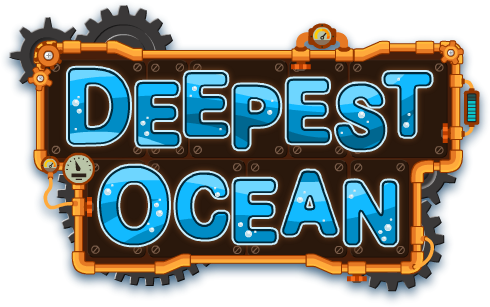
The challenge was clear: create a math game that not only taught children about greater than and less than but also captivated their imaginations. I wanted to build something more than just flashcards – I wanted to create an underwater adventure that would make learning fun.
The inspiration struck when I was playing Agar.io, a popular game where players control a growing blob. Could this core mechanic – growth and competition – be adapted to teach math? The idea began to take shape.

I started with paper prototypes, sketching out simple games on paper and testing them with friends. These early iterations helped me refine the core mechanic, ensuring it was both engaging and aligned with the educational objectives.
Next, I transitioned to a digital prototype, built using JavaScript. This allowed for more dynamic testing and iteration, enabling me to quickly experiment with different gameplay elements and gather feedback from colleagues.
With the core gameplay established, it was time to bring the underwater world to life. I collaborated closely with an artist, exploring various art styles and themes. We ultimately settled on a vibrant and colorful underwater environment, teeming with life and inviting exploration.
Developing the math curriculum was a collaborative effort with a math specialist. We worked together to create a series of challenging yet accessible levels, incorporating adaptive difficulty to ensure the game remained engaging for players of all skill levels.
Throughout the development process, I conducted rigorous playtesting with children aged 7-11. Observing their interactions with the game provided invaluable insights. I watched as they navigated the challenges, celebrated their successes, and even offered their own creative suggestions. This feedback was crucial in refining the game's difficulty, improving the user interface, and ensuring a truly enjoyable and rewarding experience.
Finally, after months of hard work and dedication, Deepest Ocean was ready to launch. The game was well-received, providing a valuable learning resource for children worldwide. It was a rewarding experience to see how children interacted with the game and how it helped them develop a deeper understanding of mathematical concepts.
This project reinforced the importance of user-centered design, iterative development, and the power of collaboration. It also highlighted the potential of games to make learning engaging and enjoyable for children of all ages.
Key Takeaways:
- The importance of user-centered design and iterative development.
- The power of collaboration in achieving project goals.
- The potential of games to make learning fun and engaging.